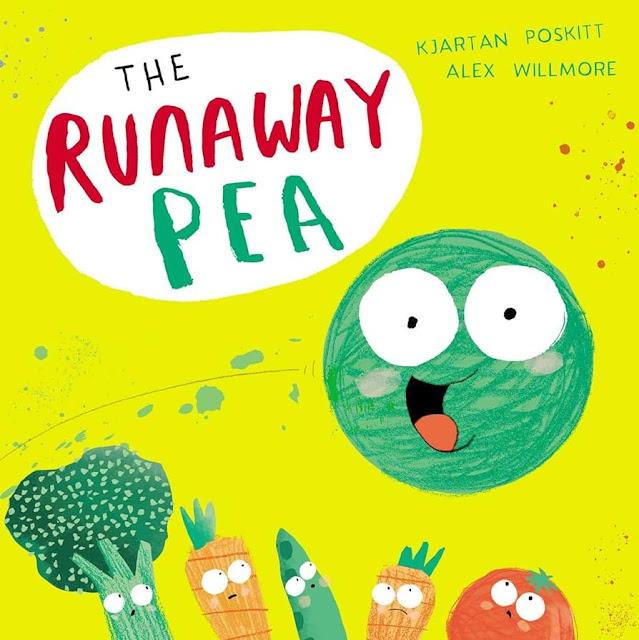March 7th sees the publication of The Secret Life of Bugs, written by me and illustrated by Vivian Mineker. It’s the fifth book in a six-book series called Stars of Nature, and it’s published by Happy Yak – an imprint of Quarto.
A foreign rights deal – A foreign rights deal means that the contents of a book are licensed to an overseas publisher. I get some money each time a deal is made. In fact, my foreign rights sales comprise the bulk of my income and help in large part to pay off my advances. I’m rather like one of those pop groups that is more successful outside their own land. The reason for this is probably because I tend to write non-fiction, which doesn’t sell in large quantities in the UK. The deal will not be done by me or by my agent but by the foreign rights department of my publisher, using their contacts. This often happens at international bookfairs such as Bologna. I tend not to get sales in South America, Africa or Scandinavia (I don’t know why but I think this is pretty standard for UK books) but I do get sales in the rest of world. These can often be in quantities of 5,000 or 10,000, with repeat orders made if the books are successful.
Translation – Once a book is sold abroad it will be, in many cases, translated. I won’t get to see or check the translation as I have no way of doing that, so I trust the translators.
Contract – When I sign a contract for a book there will be sections in it about foreign sales – and the percentage cut I get from the deal. I freely admit that these figures are very confusing for me, and I should be much more knowledgeable about them than I am. There will usually be terms such as export salespercentages, foreign language royalty inclusive sales percentages and nominated printer foreign sales percentages. I rely on my agent to check them but I could also ask the Society of Authors to do so, as I am a member. If you need to check these things yourself, do look into becoming a member of a professional body which offers this service to you.
Selling your own rights – Some authors will retain translation rights (eg, when self-publishing, for example) and might employ their own foreign rights agent to sell for them. I’ve never been involved I this, though, as traditional publishers are likely to want to do it themselves.
So selling around the world is a crucial way to make a living in kid’s books, but how can you help it along?
Make your content international – You can make sure your content is very clear and strong, so it appeals to all. And avoid including parochial things unless they play a strong part in your concept. For example, if you were writing a picture book specifically set in New York you might well add a yellow taxi, or if it was in London you might add a red bus. But if your book was more general (say, about colours, for example) you’d need to avoid mentioning that specific location-based colour of taxi or bus. The colour might well be completely different in another country (this particularly applies to fire engines btw!).
Be on instagram – You can’t do publicity around the world in lots of different languages, but you can be present on Instagram to respond to people who mention your books in different countries and tag you in.
Check out your publisher's foreign rights plans - If you are lucky enough to have a choice between publishers, you could ask them about their foreign rights plans. Not all publishers are equal in this respect. Some are much more pro-active than others.
Find good homes for your copies – I get copies of different language translations sent to me contractually. I give them to people if I can. Recently I’ve been able to give to Ukranians, Bulgarians and Malaysians living in the UK, and friends with French family. It’s always a joy to receive copies and then to give them on in this way.
Remember that kid’s publishing is a highly international business, and you may find your work being offered to kids in many nations. I can tell you it’s a massive BUZZ!
Moira Butterfield is an internationally-published childrens’ author specialising in highly-illustrated non-fiction and picture books. Her Stars of Nature series grows this year with The Secret Life of Bugs (Happy Yak) and she has a brand new title – Does a Monkey Get Grumpy? - out with Bloomsbury in May. August sees another in her Look What I Found series and August sees Welcome to Our Playground – the follow-up to her bestseller Welcome To Our World (Nosy Crow), which as has sold in 16 different languages.
Moira Butterfield
twitter @moiraworld
instagram and threads @moirabutterfieldauthor


















